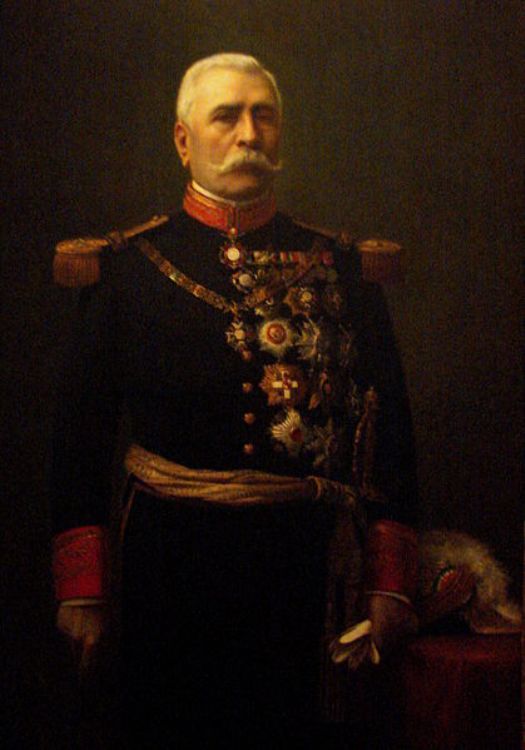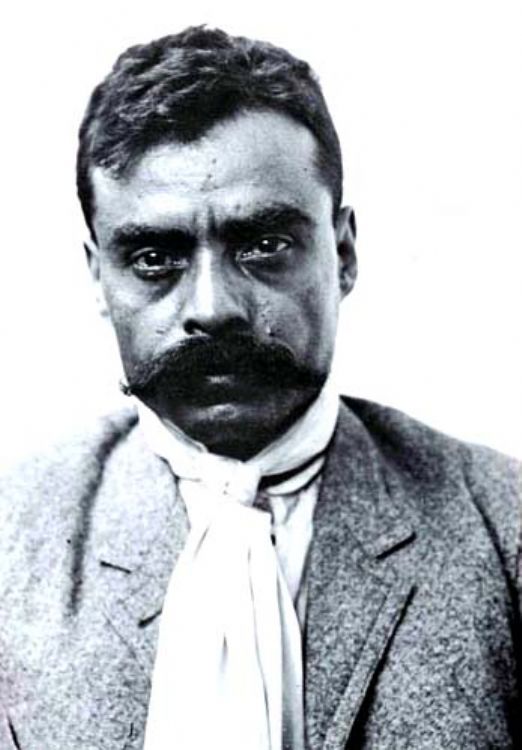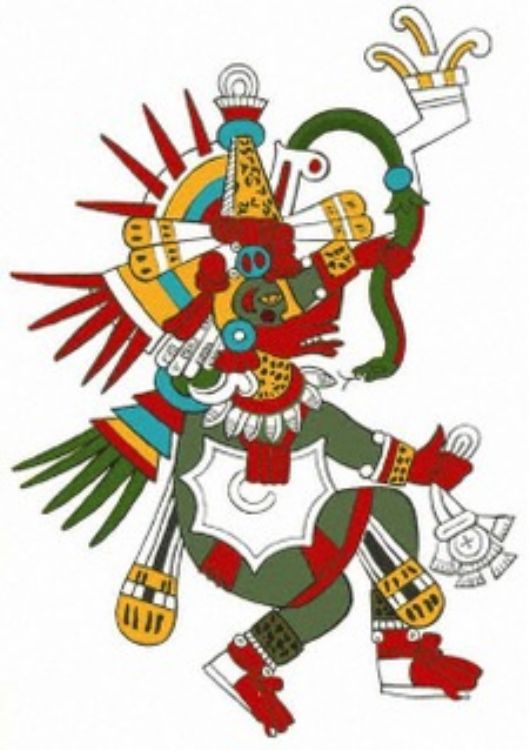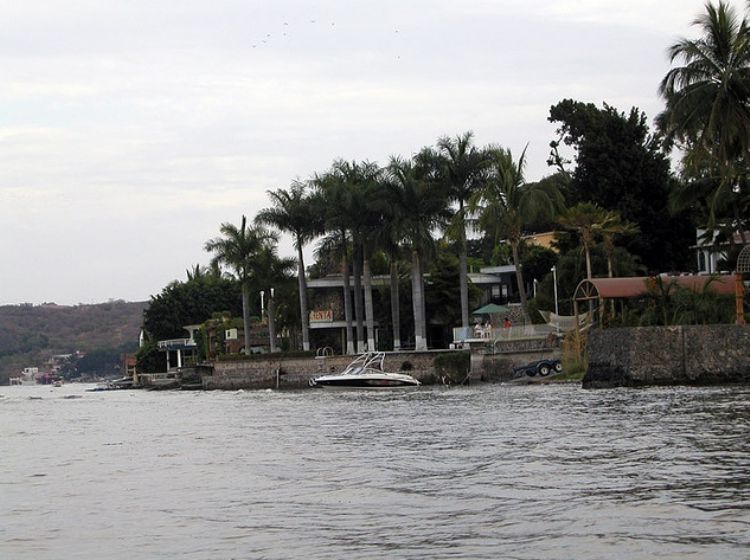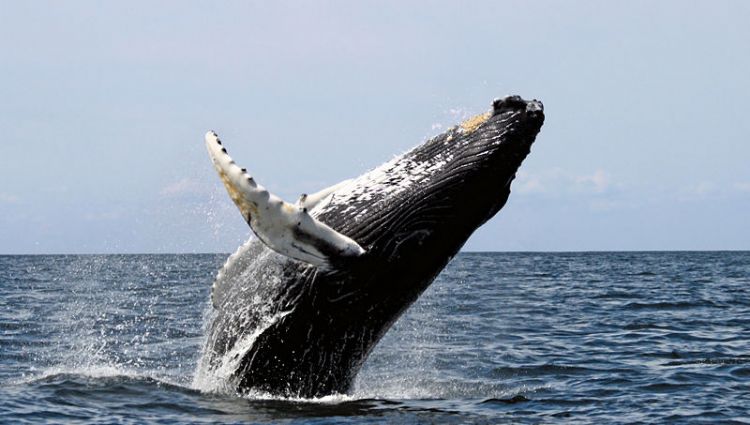Travel Route to Chihuahua; Copper Canyon
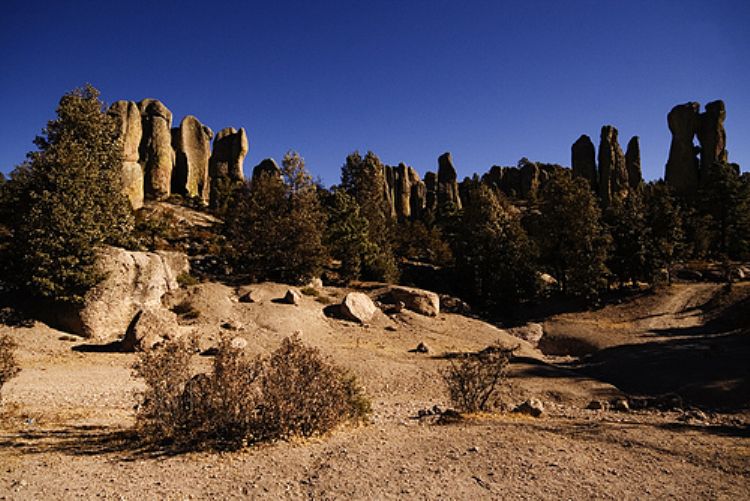
We recommend you begin this wonderful trip at the City of Chihuahua, capital of the largest State in the country. Stay three nights at one of the following two excellent hotels.
Palacio del Sol is a five star hotel considered one of the best in Chihuahua, with an extraordinary location in the cityâs historical center, only a few steps away from the main tourism attractions. Westin Soberano is the hotel with the best panoramic view, located 15 minutes from downtown and recommended as the most comfortable in the city.
Stay two days at the City of Chihuahua in order to visit its great sites. We recommend you visit the Metropolitan Cathedral, the venue of Chihuahuaâs archdiocese and one of the most representative cathedrals of baroque style Mexico, as well as one of the colonial jewels. It is located in front of the main plaza. Underneath this cathedral is the Sacred Art Museum, built and inaugurated in 1980 to show the artistic treasures of the Stateâs dioceses. It has a hall dedicated to angels and a collection of 18 works of art on the subject of the Passion of Christ, among many other important works.
One of the most outstanding is the Revolution Museum, also known as âQuinta La Luzâ because this is where Mrs. Luz Corral lived until her death in 1981, widow of controversial General Francisco Villa. It exhibits the automobile he was driving on July 20, 1923, when he was murdered, as well as furniture, personal objects, saddle, documents, photographs and weapons of that era. The museum is hosted in the old and grand mansion that once was Villaâs home. The House of Juarez Museum is the house where the president lived during his pilgrimage through the nationâs north. This sober museum evokes the days when liberal forces fought against French imperialism.
Another interesting collection is found at Chihuahuaâs Regional Museum, exhibiting interesting pieces from Paquime culture, paintings and sculptures of Chihuahua born artists and a valuable collection of art nouveau furniture, objects and artistic jewels decorating every corner of Quinta de Gameros, built in 1910. The building itself is an architectural beauty that used to be owned by Manuel Gameros, a wealthy miner who couldnât live in it for long due to the outbreak of the Revolution.
Also interesting are the Name of God Caves, only 15 minutes from the cityâs historical center. These mountains seem impregnable as a stone fortress with the city at its feet, however, these cavities can be found precisely at the heart of these mountains and under the Sacramento River.
This route continues by dedicating a whole day to two of the most spectacular natural formations in the country, starting on the Coyame Caves, carbonated rocks from the Cetacean Period, formed by the abrupt changes in climatic and chemical conditions resulting in stalagmites and stalactites. Visitors enjoy 10 conditioned and well-lit halls through a safe and comfortable access. We also suggest visiting the thermal water spa. Then visit Peguis Canyon, a stop with a wonderful view. Its view point is easy to access from the highway and to travel it on a raft is a delight for nature lovers.
On the fourth day you must visit Paquime archeological site, named World Cultural Heritage by UNESCO in 1998 and of great importance for being the largest pre-Columbian city in the north and one of the main cultures from Oasis America by dominating at its prime all of Chihuahuaâs northwest and the south of the United States. It is famous for its adobe buildings showing the dexterity of prehispanic architects and functional hydraulic works, an efficient system of water distribution and supply. The Northern Cultures Museum hosts one of the most beautiful archeological collections from ancient Mexico, recovered during the Paquime dig and other important archeological sites from Gran Chichimeca, region spanning over Mexicoâs north and the southwest of United States.
On the fifth day say goodbye to the city of Chihuahua in order to travel on the Chihuahua Pacific Railway, known as Chepe, which goes deep inside the majestic landscapes of Tarahumara country through Copper Canyon. This is four times larger than the Colorado Canyon and is traveled on the most modern and comfortable passenger train in the country in order to live the most incredible experience of national ecotourism. This route is considered a masterpiece of Mexican Engineering, with its 37 spectacular bridges and 86 impressive tunnels.
 The next stop of the Chepe is at Cuahutemoc, where the greatest Mennonite community is found, this group descends from Germans with strong traditions, making this region the one with greatest apple production in the country and famous for its cheese. Visit the Mennonite Museum, with farming and house objects used by the first Mennonites who arrived here during the 1920âs.
The next stop of the Chepe is at Cuahutemoc, where the greatest Mennonite community is found, this group descends from Germans with strong traditions, making this region the one with greatest apple production in the country and famous for its cheese. Visit the Mennonite Museum, with farming and house objects used by the first Mennonites who arrived here during the 1920âs.
After arriving at Creel, considered the port of entry to Eastern Sierra Madre, we recommend getting off the train and staying at Best Western The Lodge Hotel, with a five star category and cozy cabin style rooms. Dedicate a whole day to this peculiar population, visit the Crafts House of the State of Chihuahua, hosted within what was built as a train station in 1956, showing the essential issues regarding the regionâs prehispanic culture with objects and photographs of the first trains and the house of Enrique Creel. Also very important is Loyola Museum in Cusarare, 25 kilometers to the southeast of Creel. It exhibits works of sacred art, collected in five missions during the XVI to XVIII centuries. On this walk you will also be able to enjoy the Tarahumara Caves, a series of geologic formations that used to serve as home to the mountainsâ dwellers.
Arareko Lake is found five kilometers from Creel and offers its splendid beauty to nature lovers, its calm waters can be sailed and you can have a great hike through the woods. This lake formed approximately 30 million years ago by intense fractures on the Earthâs cortex.
In order to continue on this extraordinary natural delight, we recommend the beautiful Cusarare Waterfall of 30 meters in height, 25 kilometers to the southeast of Creel, with a two kilometer panoramic path through the woods. There is also Cusarare Mission, built in 1752 by Jesuit evangelists called Santos Cinco Señores de Cusarare. You must return to Creel at night and take the train in the morning.
The next site is one of the most spectacular on this route, Station Posada Barrancas, near the highest point on the canyon system. We recommend spending the night at the luxurious Hotel Posada Barrancas Mirador, set as an eagleâs nest on the edge of Copper Canyon. This fantastic construction seems to be hanging on to the mountainâs natural rock. Each of its 65 luxurious rooms has a private balcony so you can enjoy the wonderful panoramic view and do some bird watching. We recommend you visit Tarahumara Ranch Wakahipare and Urique River, both are accessed through an energetic walk on mountain trails. At the picturesque town of Areponapuchic visitors are always welcome, visit its church and school. Mirador de Divisadero is a viewpoint where you can enjoy the impressive landscape of Copper Canyon and buy excellent crafts. At Divisadero, located in the municipality of Urique, there are two excellent sites where you can enjoy the view, La Escalera and Piedra Volada, a huge rock defying gravity at the edge of a cliff.
The next stop on this spectacular tour is at Bauchivo Station, 45 minutes from Cerocahui, a Jesuit mission with beautiful waterfalls and valleys. We recommend you stay at Hotel Mission, named in honor of an impressive 300 year old mission at the picturesque Cerocahui Town, surrounded by the Sierra Madre. Guests are received and transported from Bahuichivo Station to the hotel through a dainty mountain path. In front of the hotel is the historical missionâs church, with its original altarpiece dating from 1700 and still preserved intact. The town was founded in 1694 by Jesuit missionaries. Donât miss the waterfall, mission school, hotelâs vineyards and a walk to the spectacular Urique Canyon.
Back on el Chepe you will make one more stop, at El Fuerte Station, what once was an important mining center during the last century; its wealth can still be perceived in its old mansions, currently turned into precious hotels. We recommend staying at Hotel Posada del Hidalgo, a beautiful colonial mansion built in 1890. Its beautiful colonial architecture offers every modern comfort, besides charming gardens and a collection of colonial artifacts. We suggest you visit the old church, government building and some ancient mansions. You can take a boat trip on Fuerte River, to enjoy its buoyant natural life. You should also visit Misión Mayo de Tehueco, the center of religious celebrations for Mayo Indians, originally constructed in 1648 and remodeled in 1811.
The last stop on the tour will be at Los Mochis Station, in the State of Sinaloa. Located at the entrance of the Gulf of California, at Fuerte Valley, on Mexicoâs northeast on the Copper Canyon â Cortes Sea circuit. Los Mochis was founded at the beginning of the XX century by a group of North American utopian socialists who built the first channels and irrigation systems of the valley. The colony, organized under the principles of utopian socialism, worked for thirty years.
A very interesting fact about this amazing route is that it can also be enjoyed starting at Los Mochis and ending at the City of Chihuahua.
Artículo Producido por el Equipo Editorial Explorando México.
Copyright Explorando México, Todos los Derechos Reservados.
Foto Portada: Sam Meztli

